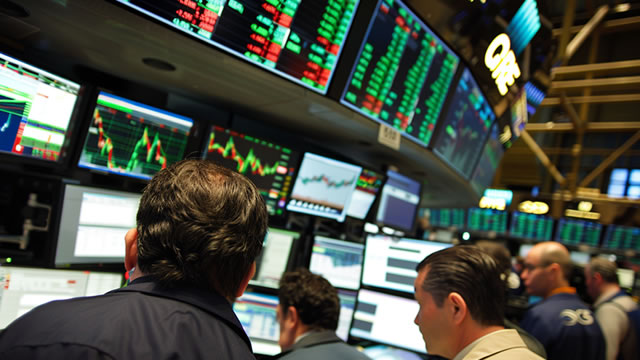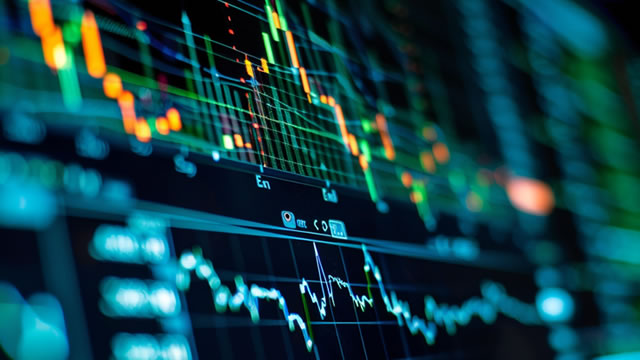The Challenging Interplay of Inflation and Economic Growth: A New Conundrum for the Federal Reserve
The economic landscape is undergoing a significant transformation, with an unprecedented combination of slow growth and rapid price increases. This new reality poses a conundrum for the Federal Reserve (Fed), as traditional monetary policy tools may no longer be effective in addressing both issues simultaneously.
Inflation: A Growing Concern
Inflation, as measured by the Consumer Price Index (CPI), has been on the rise in recent months. A steady increase in inflation is generally expected and is a natural consequence of a growing economy. However, when inflation begins to outpace economic growth, it can lead to a host of negative consequences. Rising prices can erode purchasing power, reduce consumer confidence, and even trigger a spiral of further price increases.
Interest Rates: The Fed’s Usual Medicine
Historically, the Fed has used interest rates as its primary tool to combat inflation. By raising interest rates, the Fed makes borrowing more expensive, which can help slow down economic activity and, in turn, reduce inflationary pressures. However, when economic growth is already slow, raising interest rates can have the opposite effect.
The Dilemma: Rapid Price Increases and Slow Growth
The current economic climate presents a unique challenge for the Fed. With prices rising rapidly and growth remaining sluggish, the usual medicine of raising interest rates could exacerbate the slowdown in economic activity. This could lead to a vicious cycle of further price increases and slower growth.
Impact on Individuals
From an individual perspective, this situation can lead to increased costs of living. Rising prices for essential goods and services can put a strain on household budgets. Additionally, slower economic growth can lead to fewer job opportunities and lower wages, further compounding the financial challenges.
Impact on the World
At a global level, this economic dynamic can have far-reaching consequences. Countries that are heavily reliant on exports may experience reduced demand for their goods, leading to lower revenues and potential economic instability. Furthermore, rapid price increases can fuel inflation in other countries, further complicating the global economic landscape.
Conclusion: Navigating the New Economic Reality
The interplay of inflation and economic growth presents a complex challenge for policymakers, particularly the Federal Reserve. Traditional monetary policy tools may no longer be effective in addressing both issues simultaneously. As such, it is essential that the Fed, as well as other central banks and governments, explore new policy options and collaborate to navigate this new economic reality. Only through a coordinated and innovative approach can we hope to mitigate the negative consequences of rapid price increases and slow growth.
- Inflation is on the rise, posing challenges for the Federal Reserve
- Historically, the Fed has used interest rates to combat inflation
- Slow growth and rapid price increases create a dilemma for the Fed
- Individuals may face increased costs of living and reduced job opportunities
- Global implications include reduced demand for exports and potential inflation
- Navigating this new economic reality requires innovative policy solutions and collaboration





